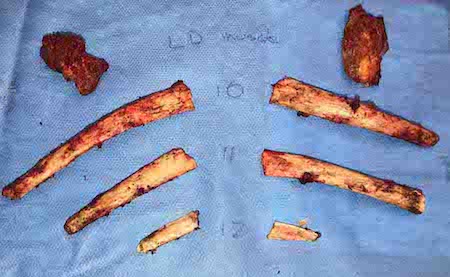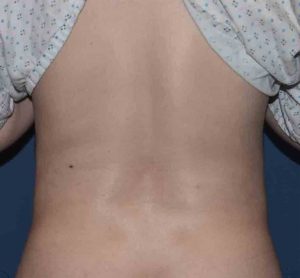Rib removal in aesthetic surgery is associated with waistline narrowing. Once thought to be a myth, the partial removal of the downwardly sloped free floating ribs is a valid surgical procedure that does remove bony support of the lateral waistline. But to make the procedure effective there are some basic steps to maximize its potential effectiveness.
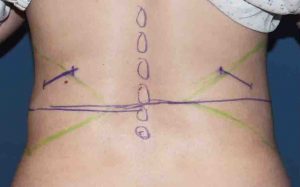
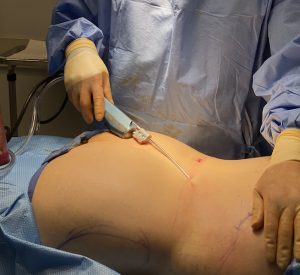
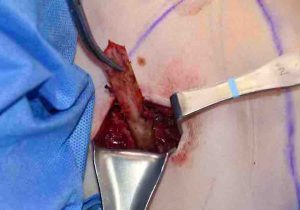
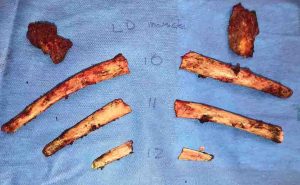
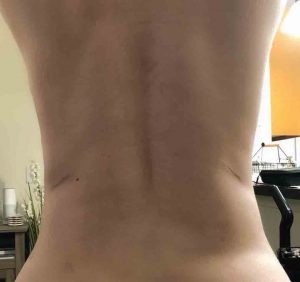
Dr. Barry Eppley
Indianapolis, Indiana

